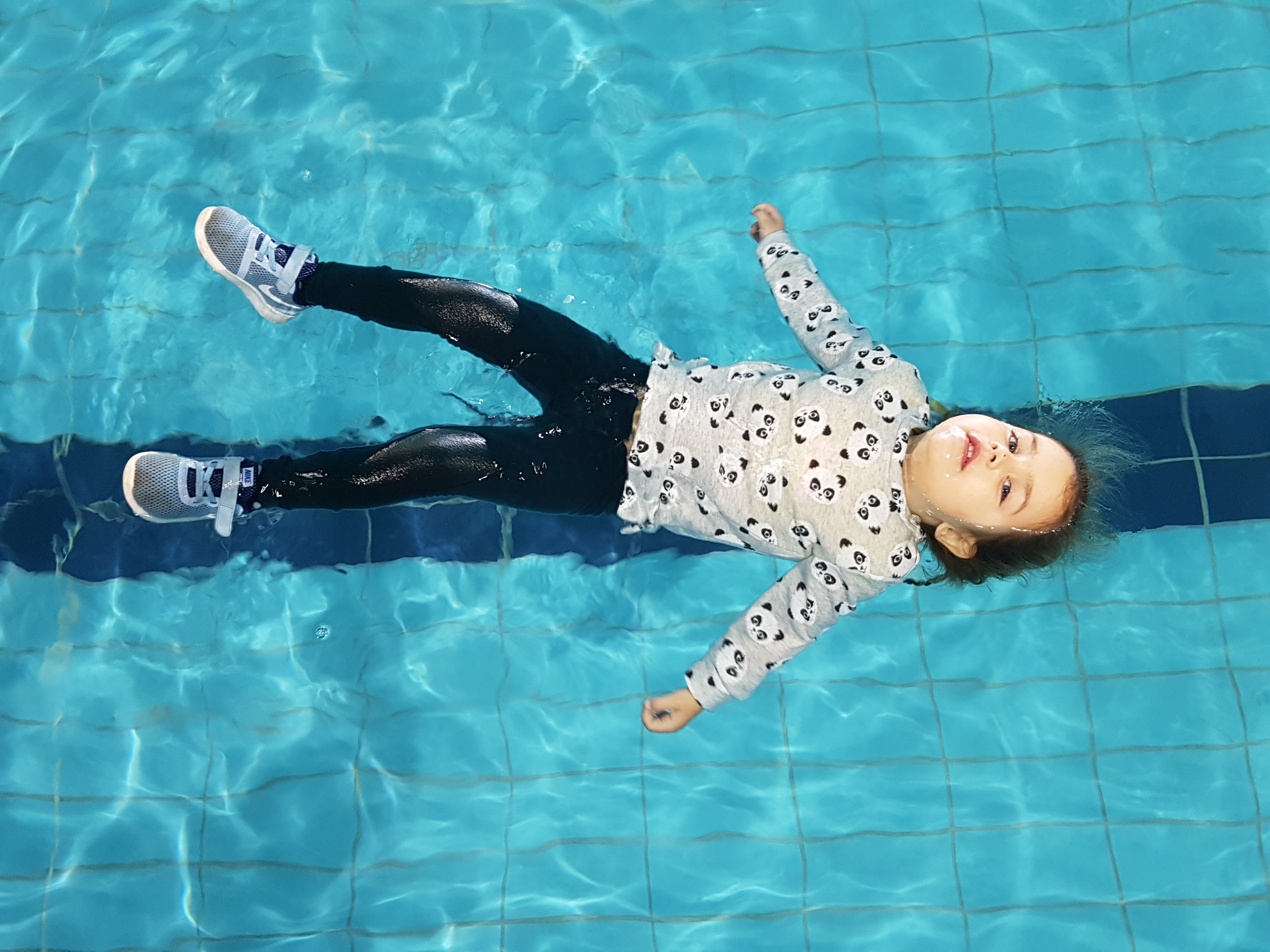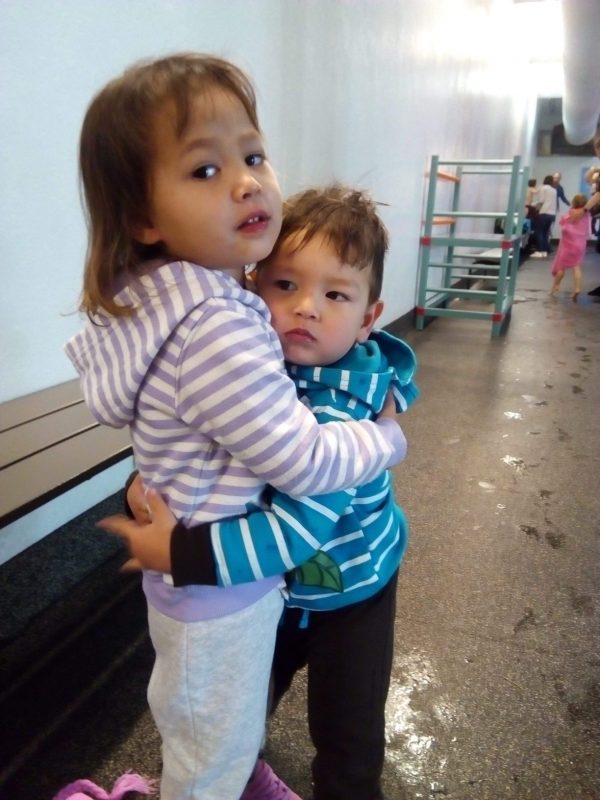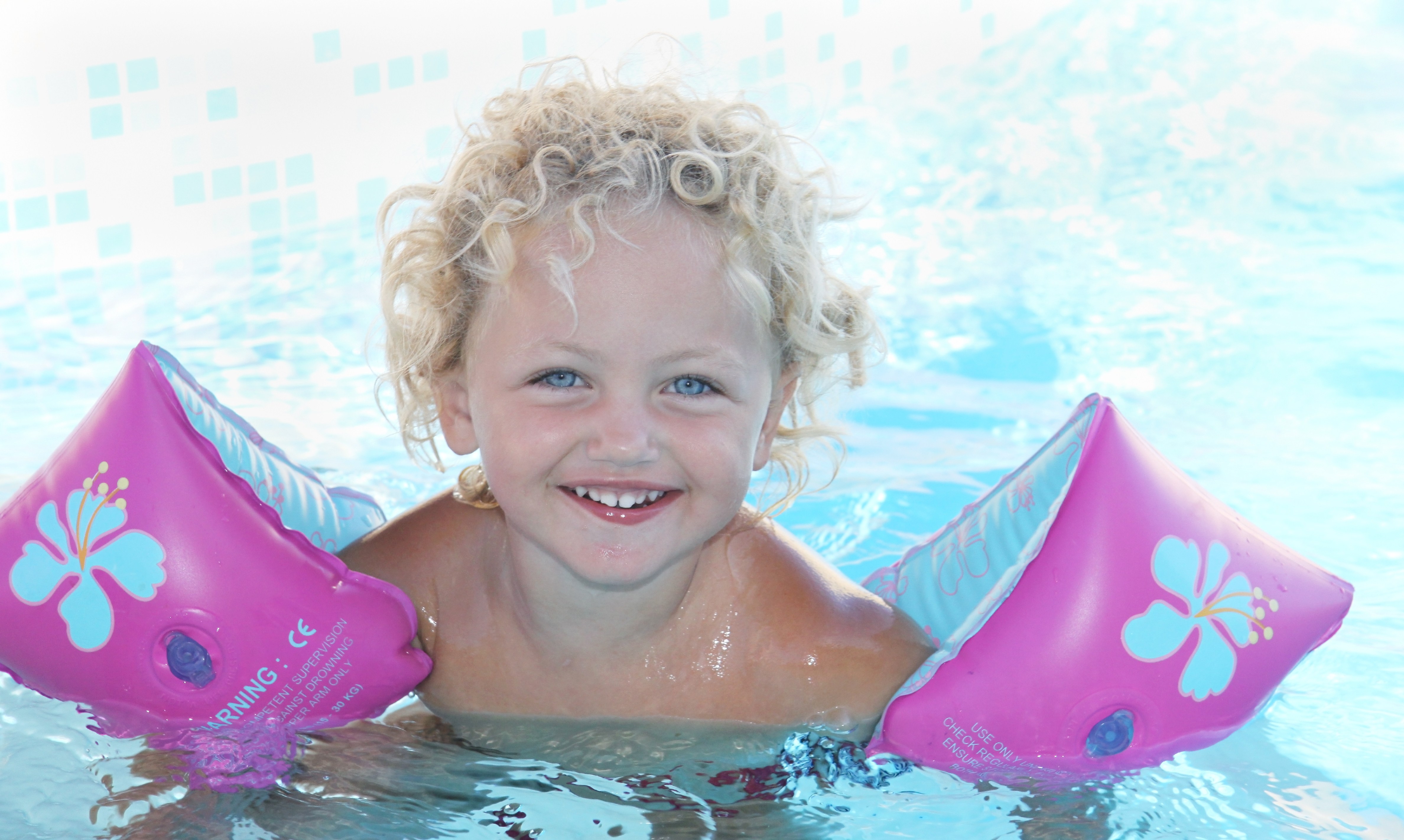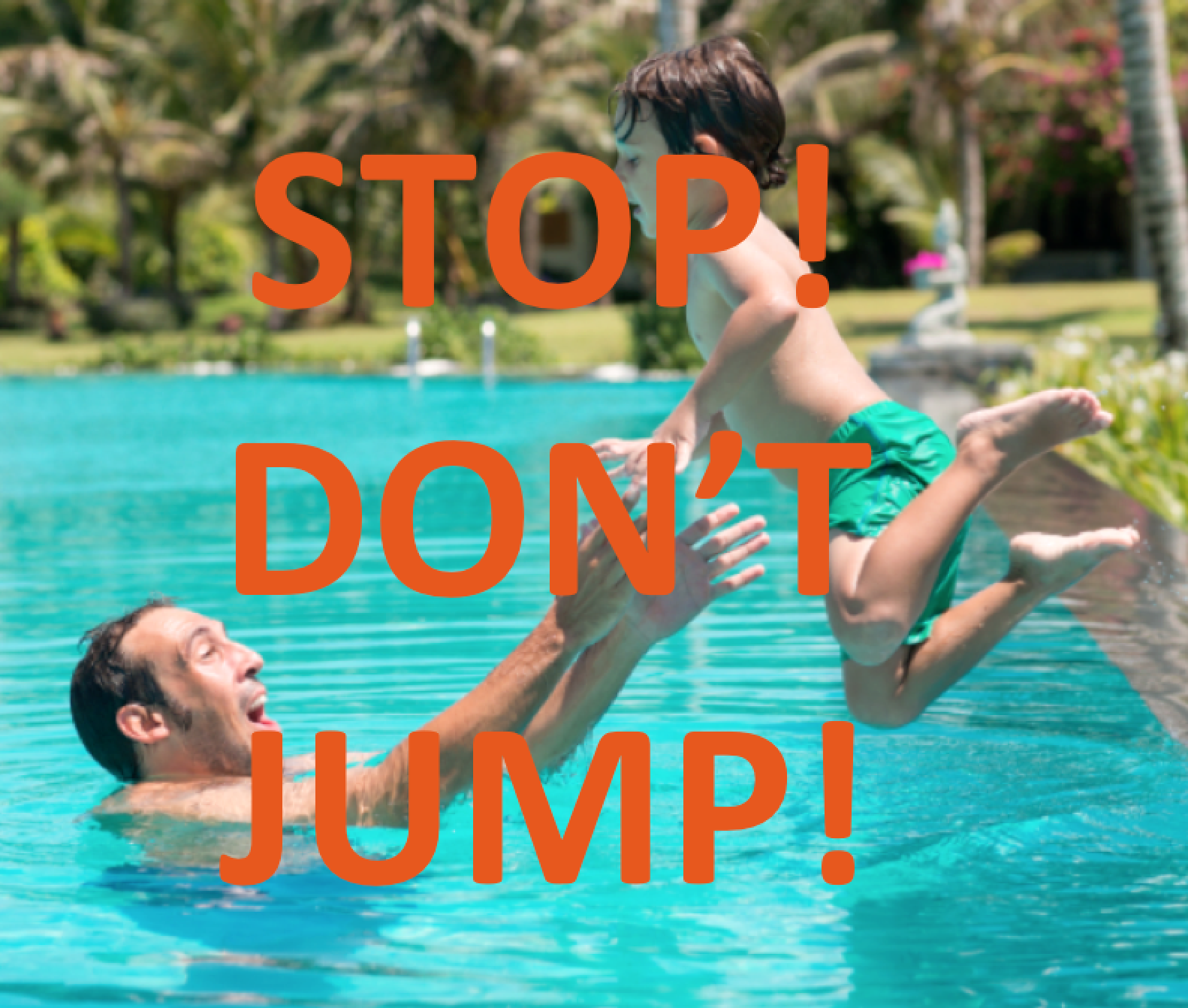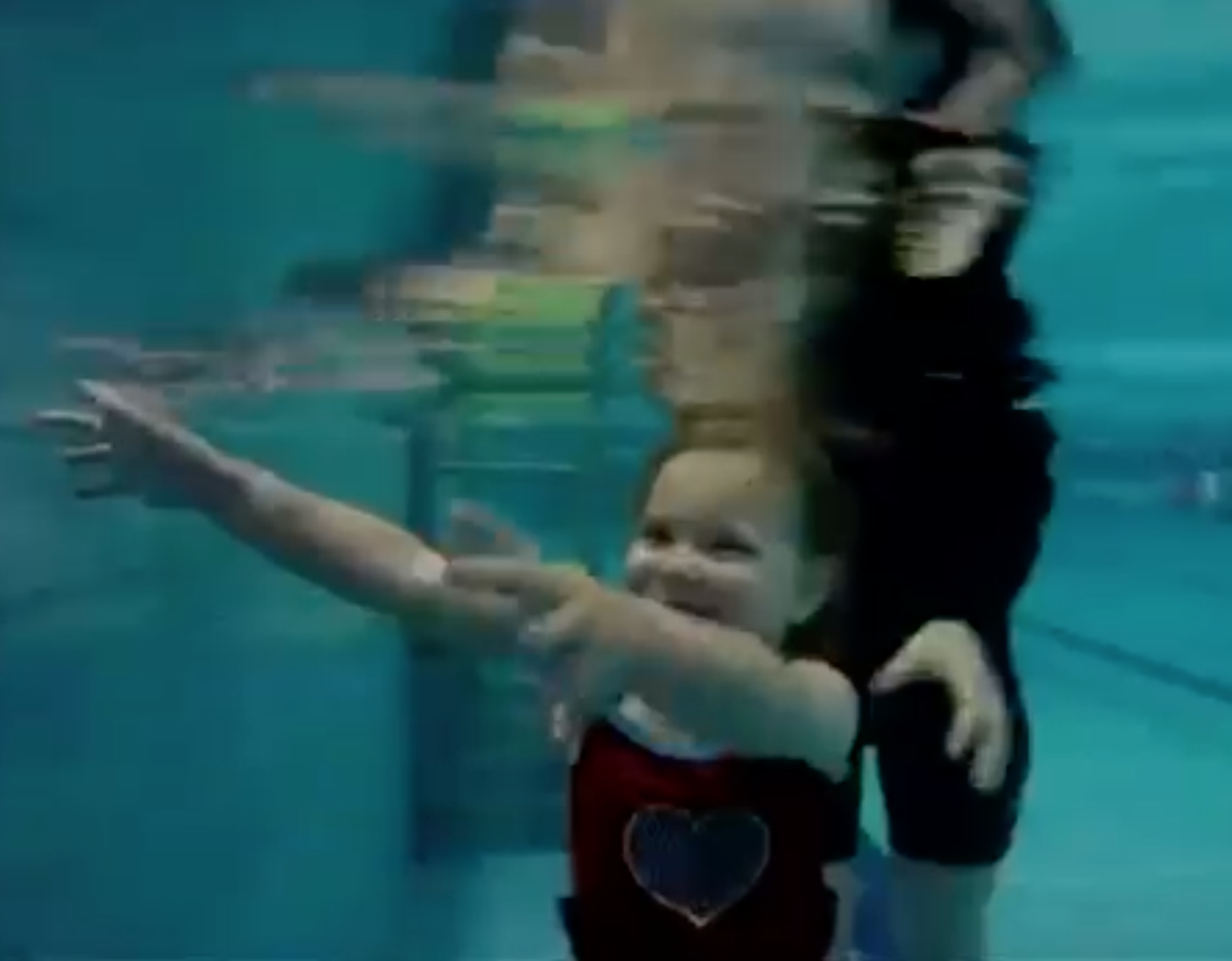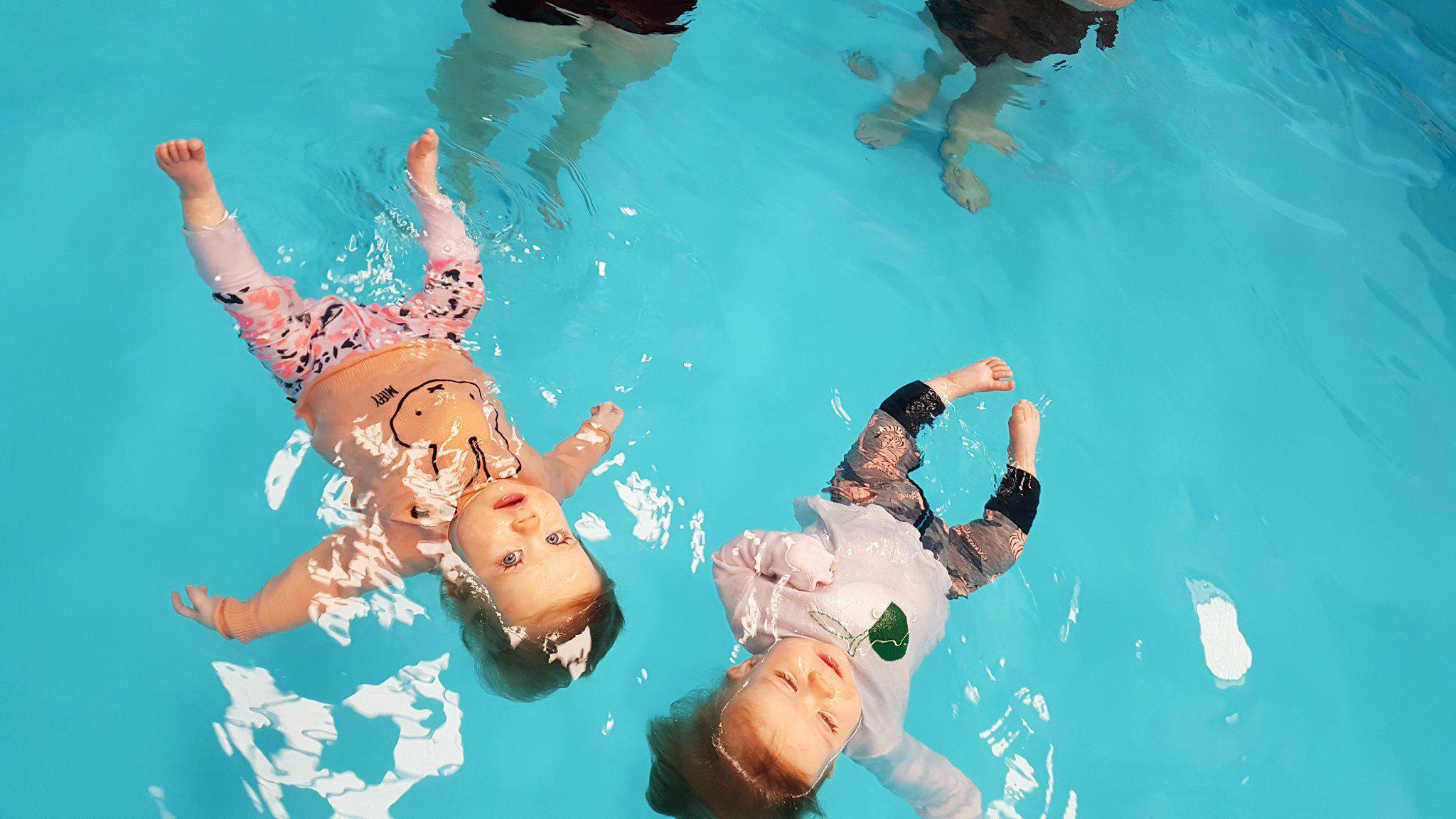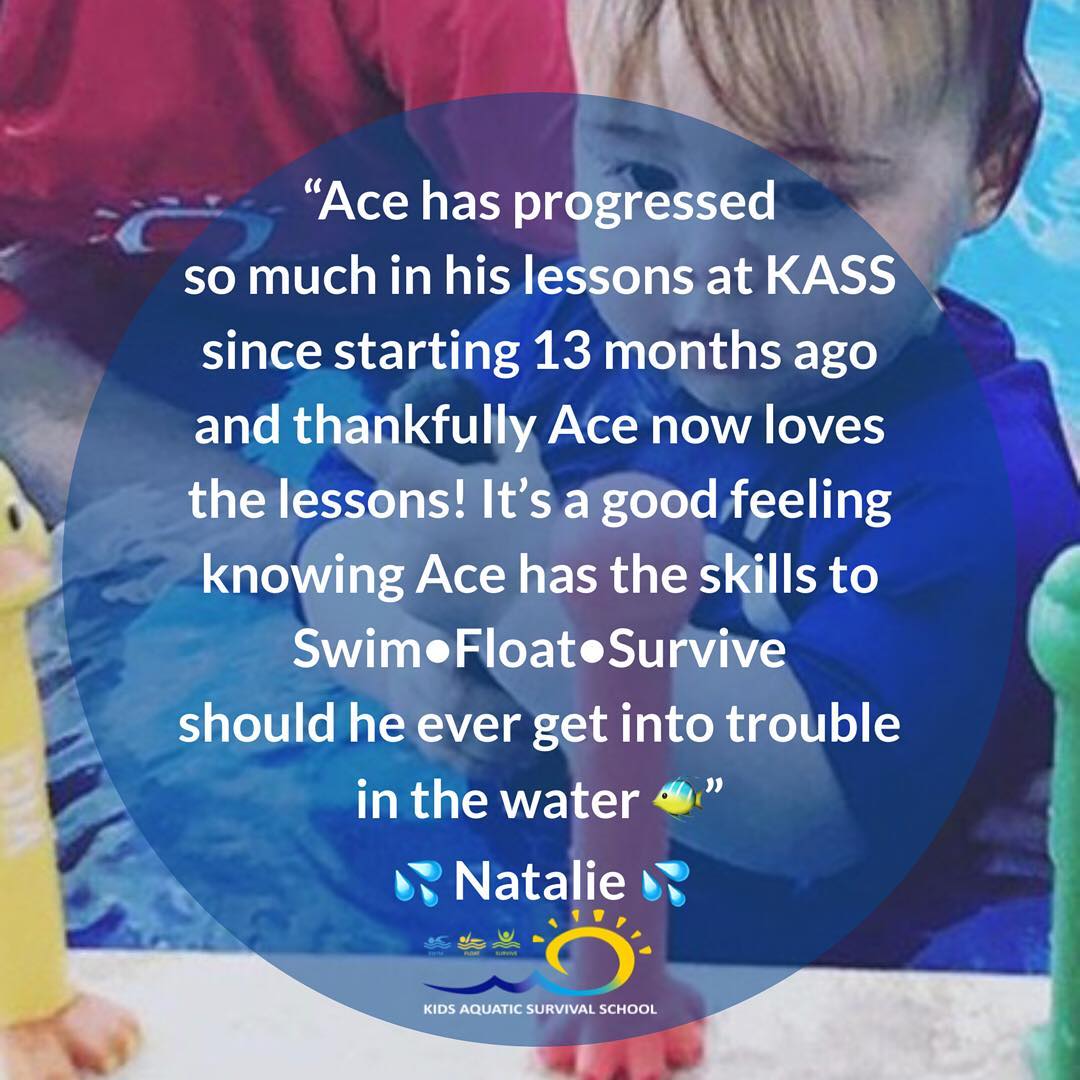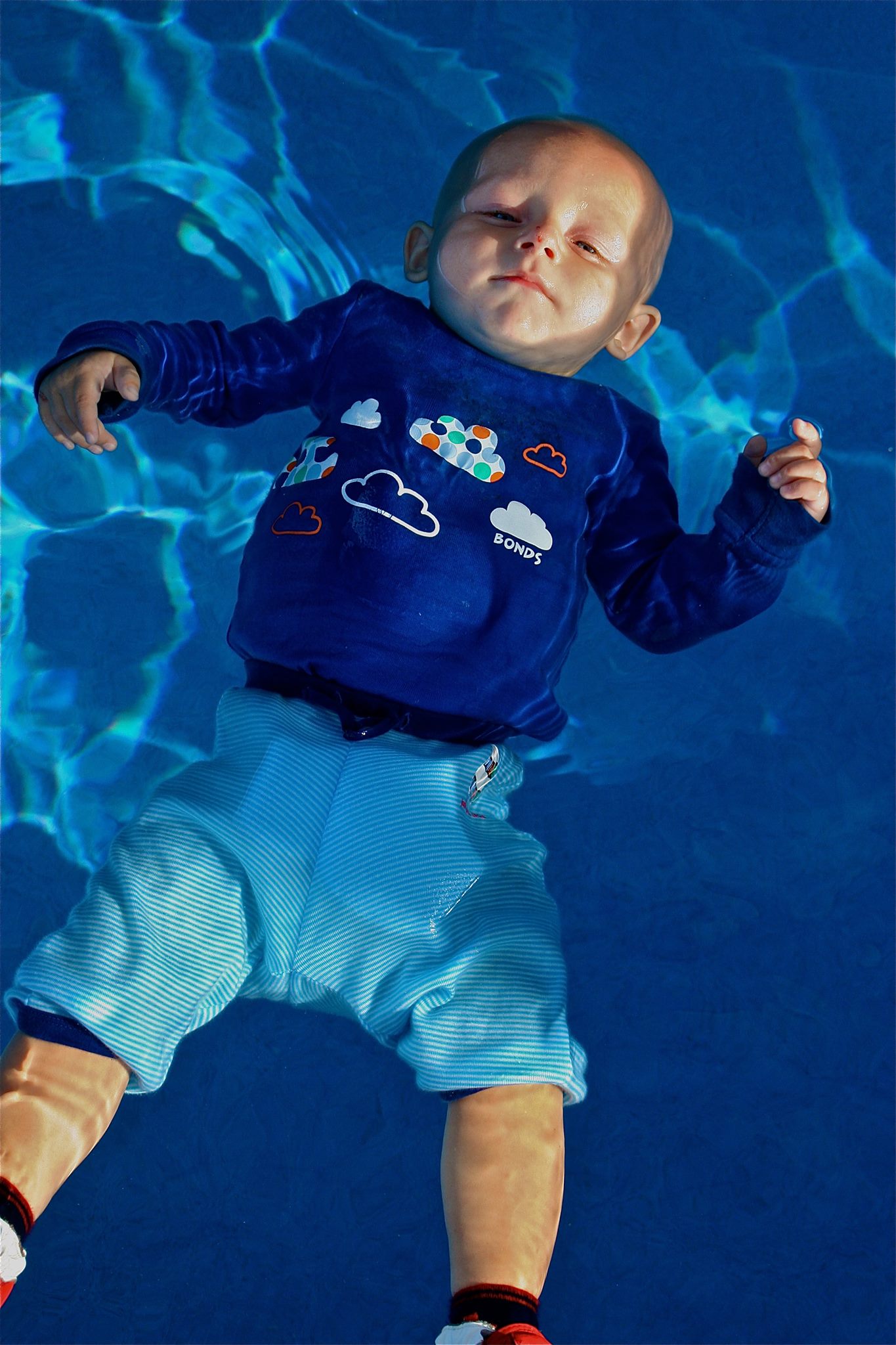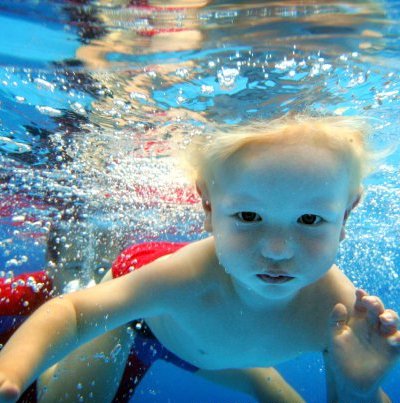Young children are inherently curious, inquisitive and don’t generally perceive danger. Therefore, as parents we understand the need to set firm boundaries in order to keep our children safe.
Firm boundaries such as, children must be secure in a car seat at all times in a car. When crossing the road, we would ask the child to hold our hand. Many of these boundaries we implement because they are the law, and/or we know these boundaries keep our children safe. Boundaries which we know affect our child’s safety, which we consistently reinforce and are not negotiable.
We need to mirror these same firm, consistent boundaries in an aquatic environment to increase awareness of everyday risks in, on and around water and positively change behaviours and save children’s lives.
According to Royal Life Saving Drowning Report, in Australia, children under the age of 5 years are at the highest risk of drowning, with home backyard swimming pools the leading location for drowning fatalities.
Strategies for prevention include;
- Active adult supervision
- Restricting a child’s access to water
- Water awareness
- Resuscitation
With a 56% increase in drownings this summer, it is evident that there is still much to do: the tragedy of accidental drowning, which tears families apart, still exists.
“Many Australian children enter into an aquatic experience without any understanding of their personal capabilities or limitations….It is vitally important we provide children with the opportunity to undertake progressive aquatic skill development that considers the experiences and activities that they may be exposed to in the future and provide them with a core set of skills that can be utilised in times of need.” Royal Life Saving NSW
We need to understand how, where and why children drown in order to address the water safety and survival swimming skills our children must learn to prevent such drownings.
- 64% of toddler drownings occur when the child is not being supervised
- Accidental falls into water remain the leading activity prior to drowning among children under 5 years
- Swimming pools account for 67% of all drowning deaths among children under 5 years of age.
- The child drowned in the pool at their primary residence in 71% of cases
Water safety education is vital. The skills taught need to be realistic for the chid, given their age and aquatic environment. They need to learn to respect the water and have a realistic understanding of their limits and capabilities.
At Kids Aquatic Survival School, we believe, the focus on “SWIMMING” lessons needs to shift to SURVIVAL lessons. Children need to learn how to SURVIVE in water before they learn to SWIM in it. If a child is always held in the water or uses flotation devices, it can create a false sense of security leading to over confident child with little or no water competence. Water confidence without competence is a dangerous combination.
We teach water competence with a strong focus on survival as the best foundation for a child’s water safety education. We believe teaching survival skills today provides children with a safer tomorrow, so as they are graduating through life from childhood to adolescence, they understand their limitations and don’t over estimate their abilities.
At KASS, competence in survival means the ability to independently;
- recover from a fall into water
- roll from front to back
- float and maintain a back float for at least 60 seconds
- swim and float in a sequence until they reach safety (if walking age)
We appreciate when teaching life-saving skills such as survival and learn to swim that tears and tantrums may occur. We know that sometimes those tears are often because the child is in a new environment, around new people, tired, unwell or just generally having a bad day. Most children express this emotion through crying and depending on age this may be the child’s only form of communication.
Some children might resist and exert independence in survival swimming lessons, much like when you buckle your child in a car seat. It is a safety precaution, giving your child the best possible chance of survival. Teaching your child boundaries and behavioural expectation in water is just as important as out of water safety precautions. Understanding and validating those feelings can create a positive change in a child’s mood allowing for a progressive lesson. In time as skills are mastered and children learn to manage in the water, the pool no longer seems like such an overwhelming and scary place because the skilled child now poses a level of understanding and confidence.
Eventually the tears fade and are replaced with smiles but more importantly the skills to survive.
Natasha
Back floating,
child safety,
Drowning Prevention,
infant aquatics,
kids aquatic survival school,
life saving,
survival skills,
survival swimming,
swim float survive,
swim survival,
swimming lessons,
swimming school,
water safety
